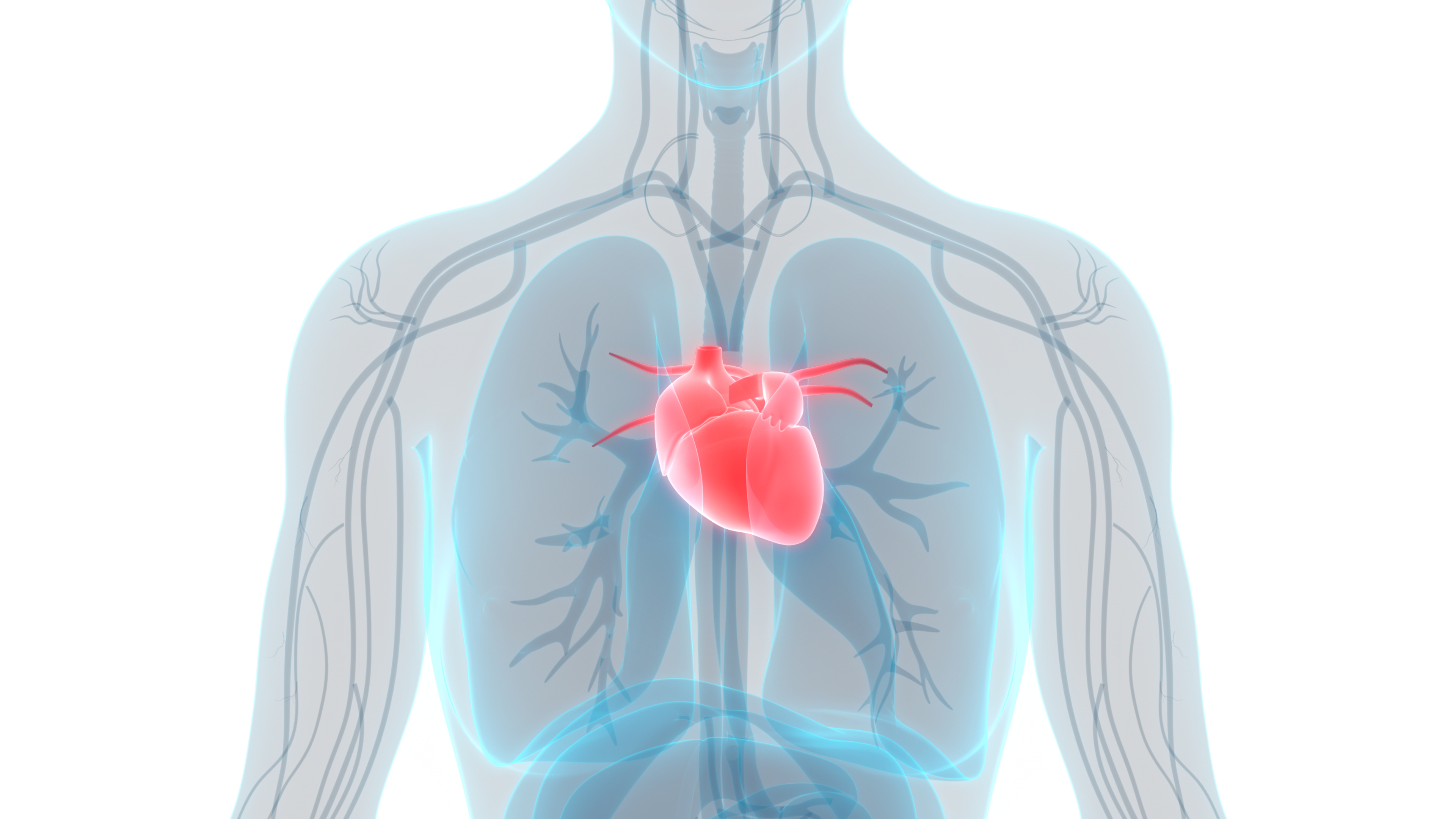Data presented at the European Respiratory Society (ERS) Congress confirm the safety profile and the sustained efficacy of Adempas® (riociguat) over at least two years of treatment in patients with inoperable chronic thromboembolic pulmonary hypertension (CTEPH) or persistent or recurrent CTEPH after surgical treatment, and in patients with pulmonary arterial hypertension (PAH). (1,2)
Data presented at the European Respiratory Society (ERS) Congress confirm the safety profile and the sustained efficacy of Adempas® (riociguat) over at least two years of treatment in patients with inoperable chronic thromboembolic pulmonary hypertension (CTEPH) or persistent or recurrent CTEPH after surgical treatment, and in patients with pulmonary arterial hypertension (PAH). (1,2)
Riociguat is a soluble guanylate cyclase (sGC) stimulator, the first member of a novel class of compounds to target a key molecular mechanism underlying pulmonary hypertension (PH). (3,4) The two-year results of the open-label extension studies CHEST-2 and PATENT-2 confirm that the improvements in exercise capacity and WHO Functional Class (FC) as observed in the pivotal Phase III studies CHEST-15 and PATENT-16 were sustained. (1,2) Exercise capacity as measured by the Six-Minute Walk Test is a marker of disease severity and a predictor of survival in patients suffering from PH. (7)
The longer observation time in CHEST-2 and PATENT-2 of at least two years allowed for an analysis of the correlation between efficacy endpoints and survival and clinical worsening, via a Cox proportional-hazards regression model. (1,2) The model demonstrated a significant correlation between baseline values and change from baseline in 6 Minute Walking Distance (6MWD), N-terminal of the prohormone brain natriuretic peptide (NT- proBNP), WHO FC and event-free survival (no clinical worsening). (1,2)
The analysis of the CHEST-2 data cut-off showed that, at two years, mean exercise capacity of CTEPH patients as measured by the 6MWD had increased by a mean of 50m compared to CHEST-1 trial baseline. Moreover, WHO FC had improved or stabilized in 97% of CTEPH patients (39% improved and 58% stabilized). The survival rate of patients at two years of treatment with riociguat was 93%. (1)
In PATENT-2, PAH patients treated with riociguat over two years showed a mean improvement in 6MWD of 47m compared with PATENT-1 trial baseline. WHO FC had improved or stabilized in 91% of PAH patients (33% improved and 58% stabilized). As in CHEST-2, in PATENT-2 the survival rate of patients at two years of treatment with riociguat was 93%. (2)
The safety profile of riociguat indicated that it was generally well tolerated. The most commonly reported adverse reaction, occurring in greater than or equal to 10 percent of patients under riociguat treatment (up to 2.5 mg TID), was dizziness. The most frequently occurring adverse reactions included dyspepsia, headache and hypotension. (1,2)
“The positive results of CHEST-2 and PATENT-2 contribute to the growing evidence of riociguat as an effective and well-tolerated long-term treatment for two of the five types of pulmonary hypertension, having demonstrated in clinical trials early, significant and sustained benefits for patients,” said Principal Investigator Professor Ardeschir Ghofrani, University Hospital Giessen and Marburg, and Kerckhoff Heart and Lung Center, Bad Nauheim, Germany. “The correlation between patient-relevant parameters, such as 6MWD and WHO FC and event-free survival, underlines that close monitoring of patient’s symptoms and exercise capacity is important for predicting outcome and response to treatment.”
References:
- Simonneau G et al. Riociguat for the treatment of chronic thromboembolic pulmonary hypertension: 2- year results from the CHEST-2 long-term extension. European Respiratory Society International Congress; 6–10 September 2014; Munich, Germany [P1802]
- Rubin LJ et al. Riociguat for the treatment of pulmonary arterial hypertension: 2-year results from the PATENT-2 long-term extension. European Respiratory Society International Congress; 6–10 September 2014; Munich, Germany [P1803]
- Ghofrani HA et al. Riociguat for pulmonary hypertension. Future Cardiol 2010;6(2):155-166.
- Grimminger F et al. First acute haemodynamic study of soluble guanylate cyclase stimulator riociguat in pulmonary hypertension. Eur Respir J 2009;33(4):785-792.
- Ghofrani HA et al. Riociguat for the treatment of chronic thromboembolic pulmonary hypertension. N Engl J Med 2013;369(4):319-329.
- Ghofrani HA et al. Riociguat for the treatment of pulmonary arterial hypertension. N Engl J Med 2013;369(4):330-340.
- Galie N et al. Guidelines for the diagnosis and treatment of pulmonary hypertension: the Task Force for the Diagnosis and Treatment of Pulmonary Hypertension of the European Society of Cardiology (ESC) and the European Respiratory Society (ERS), endorsed by the International Society of Heart and Lung Transplantation (ISHLT). Eur Heart J 2009;30(20):2493-2537.

